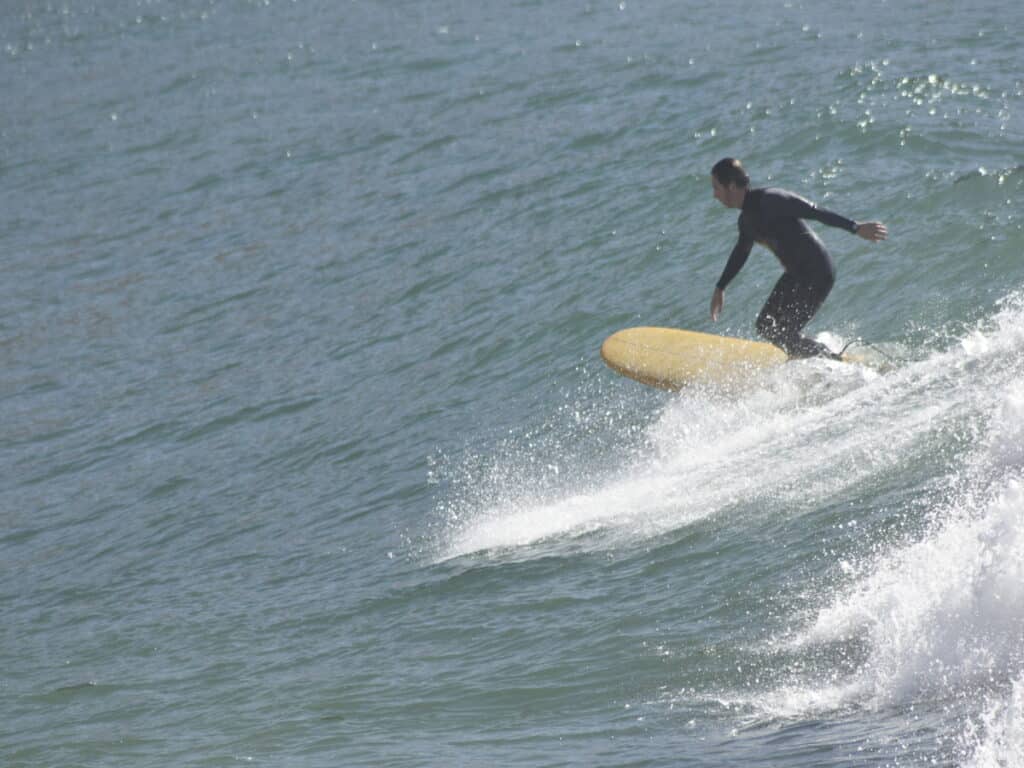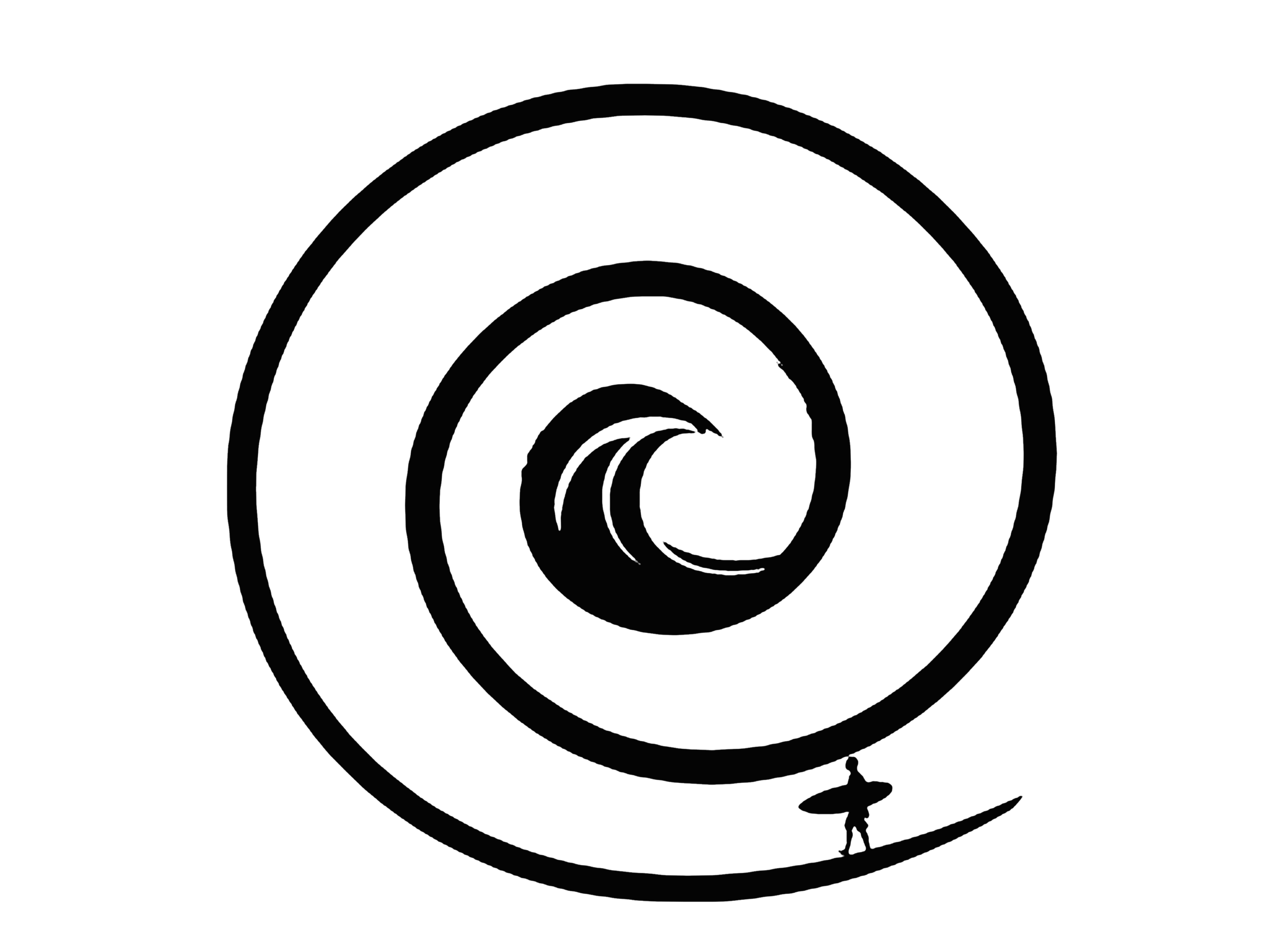
Why Morocco is one of the best countries for Beginners to learn surfing?
Sun-drenched beaches, consistent Atlantic swells, and warm, welcoming locals—Morocco offers an unmatched experience for anyone seeking to learn how to surf. The triangle of Agadir, Taghazout, and Tamraght is not only a world-renowned surf destination, but it’s also beginner-friendly with sandy-bottomed breaks and mellow waves.
These laid-back Moroccan villages have transformed into surf meccas with an abundance of surf camps, certified instructors, yoga retreats, and friendly lineups. Plus, the cost of living is relatively affordable, making it a practical option for longer surf trips. So whether you’re dreaming of riding your first wave or committed to transforming your body through surf fitness, Morocco is the perfect playground.
Best Approach to Learn Surfing for Beginners
If you’re just dipping your toes into the surfing lifestyle, the process might feel overwhelming—wetsuits, wave forecasts, paddling techniques, board selection—where do you even begin?
The best approach to learn surfing for beginners combines three foundational pillars:
- Physical readiness through surf-specific conditioning
- Understanding your surf environment
- Learning from skilled instructors in progressive stages
Unlike many sports, surfing involves natural forces you can’t control—wind, tide, swell, and terrain—making education crucial. This means training your body, mastering technique, and understanding the ocean before ever popping up on a board.
Understanding the Basics: What Every Beginner Must Know
Here’s a truth: surfing is hard. But it’s also one of the most thrilling, rewarding, and meditative sports on Earth. To reduce the learning curve, you’ll need to familiarize yourself with some basic surfing vocabulary and concepts:
- White water: The foamy part of a broken wave—ideal for beginners
- Pop-up: The motion from lying to standing on your board
- Stance: Whether you surf “goofy” (right foot forward) or “regular” (left foot forward)
- Swell direction and wave period: Affect the wave quality and size
- Rip currents: Strong water channels pulling seaward, which must be avoided
Before paddling out, know your environment, your equipment, and the forecast. This knowledge is not optional—it’s your lifeline.
Surf Conditioning and Fitness Before Hitting the Waves
Many new surfers underestimate how physically demanding surfing is. It involves explosive paddling, intense core control, and lots of endurance. Surf-specific fitness routines help you prepare for the ocean’s challenges.
Key areas to train:
- Shoulders and lats for paddling
- Core stability for balance
- Leg strength for pop-ups
- Cardio for sustained paddling and recovery
Consistency is king. Even 20 minutes a day of focused training can make a noticeable difference in your stamina and form.
Functional Surf Training Routines You Can Start Today
Functional surf training mimics real surf movements. That means no more boring treadmill sessions. Instead, think dynamic:
- Burpees and pop-up drills to mimic the actual surfing movement
- Resistance band paddles to simulate water pressure
- Balance board training to strengthen your micro-muscles
You’ll also benefit from dryland simulations that improve muscle memory and help develop coordination under pressure. These sessions can be done at home, at the gym, or as part of a surf camp in Morocco.
Mobility Training for Surfers: Range, Flexibility, Balance
Being flexible isn’t just for yoga practitioners—it’s essential for surfers. Mobility training increases your joint range, prevents injury, and helps you move more efficiently on the board.
Recommended mobility drills:
- Dynamic hip openers
- Shoulder pass-throughs
- Thoracic spine twists
- Ankle dorsiflexion exercises
Incorporate these into your warm-up and cooldown, especially before hitting the Moroccan waves. Yoga is widely offered in Taghazout and Tamraght and pairs perfectly with daily surf sessions.
Injury Prevention Tips Every Beginner Surfer Needs
Surfing is high-impact. Wipeouts are common. Without proper preparation, injuries can occur. Here’s how to avoid them:
- Warm up before paddling out
- Stretch post-session
- Listen to your body—fatigue leads to poor decision-making
- Wear protective gear (like reef booties if surfing on rocky beaches)
If you’re attending a surf camp, ensure your coach is certified in ocean safety and CPR. Many Moroccan schools now meet international standards.
FAQs
How long does it take to learn surfing as a beginner?
It typically takes 2–4 weeks of consistent practice to start catching and riding white water waves. Progression varies based on physical conditioning and mindset.
Is Agadir good for beginner surfers?
Absolutely. Agadir offers long, mellow point breaks ideal for learning, with soft sandy bottoms and warm locals.
Do I need to be super fit to start surfing?
Not necessarily, but basic cardio and strength training will dramatically reduce your learning curve and injury risk.
What’s the best time of year to surf in Agadir or Tamraght?
For beginners, the ideal surf season is from October to March, when the swells are steady and waves are soft and manageable.
What kind of surfboard should a beginner use?
Start with a soft-top longboard—8 to 9 feet. It offers better balance and easier paddling.
Are there surf schools with equipment included?
Yes. Most surf camps in Morocco offer all-inclusive packages: accommodation, lessons, wetsuits, and surfboards.
Conclusion: Living the Surf Lifestyle—More Than a Sport
Learning to surf in Agadir, Taghazout, or Tamraght is more than acquiring a skill, it’s immersing yourself in a lifestyle. You’re not just riding waves; you’re syncing with the rhythm of the ocean, discovering Moroccan hospitality, and pushing your limits physically and mentally.
So, train your body. Learn the ocean. Respect the culture. And remember, every great surfer started exactly where you are—on the shore, wide-eyed, and waiting for the perfect first wave.

